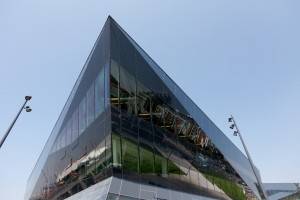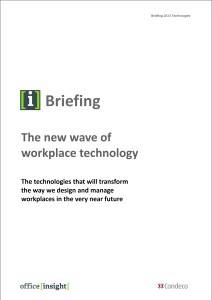January 9, 2013
Seeing stars, new guidance on reducing obtrusive lighting
 The Society of Light and Lighting (SLL) part of the Chartered Institution of Building Services Engineers (CIBSE) has published its new SLL Guide to Limiting Obtrusive Light, which looks at ways of controlling obtrusive light and the design implications for the planning, design and specification of exterior lighting schemes.
The Society of Light and Lighting (SLL) part of the Chartered Institution of Building Services Engineers (CIBSE) has published its new SLL Guide to Limiting Obtrusive Light, which looks at ways of controlling obtrusive light and the design implications for the planning, design and specification of exterior lighting schemes.
While outdoor lighting is important for people’s work, safety and leisure, it can cause issues of sky glow, light trespass or glare. Obtrusive light can affect health if sleep is disturbed, and affect the visibility of the stars and the behaviour of flora and fauna. More →























January 8, 2013
What does 2013 hold for the facilities sector in the UK?
by Mark Eltringham • Comment, Facilities management, Furniture, Property, Workplace design